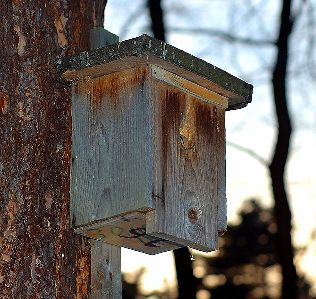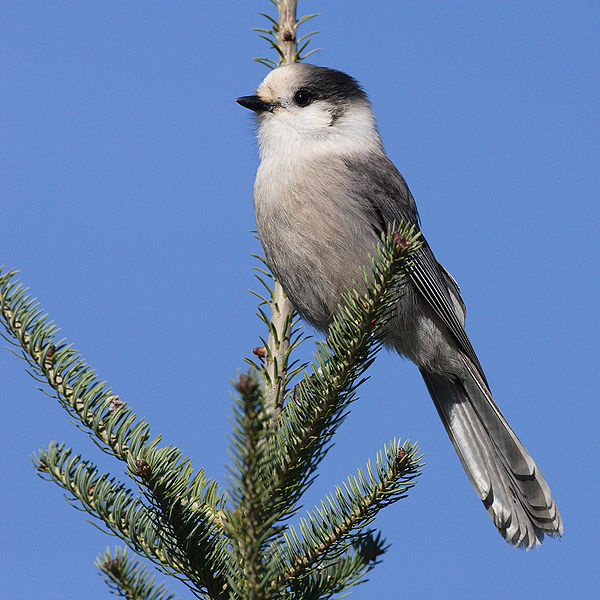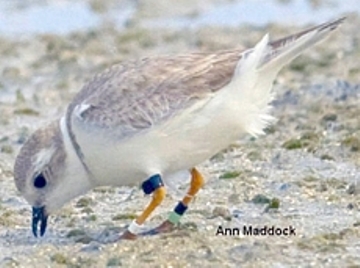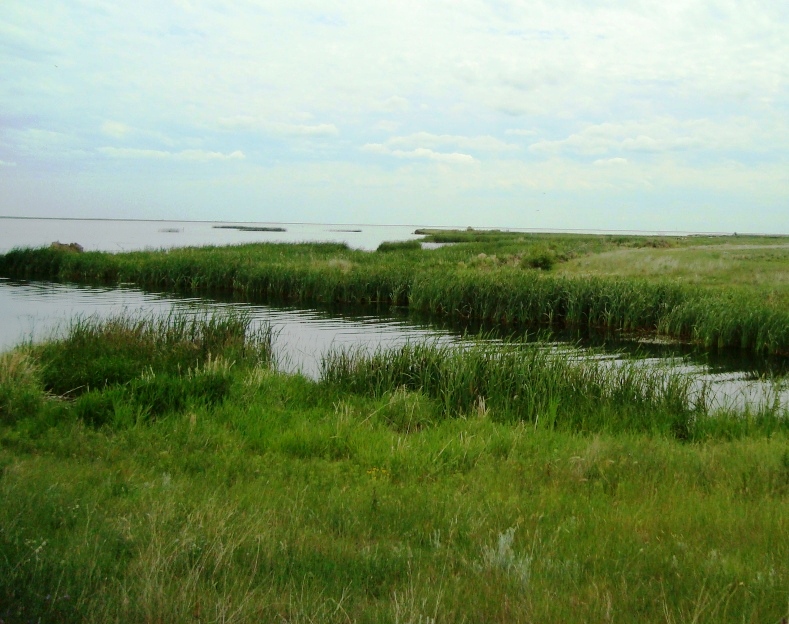World’s Largest Conservation Agreement Signed
Today is an extraordinary day for the Boreal forest in Canada – loggers and environmentalists working together. Long-time enemies with conflicting agendas have found a way to make conservation work, while still allowing an industry that has shaped our country to continue. The saving of millions of hectares of the …









